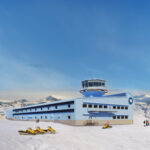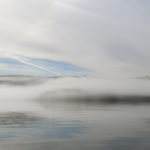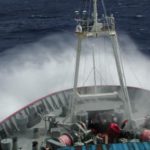The Polar Code and green technologies
Research teams use phase-sensitive radars for determining ice shelf basal melt rates. Data is used to enhance climate models. The ApRES instruments yield time series of ice shelf thickness change …
Accessing subglacial environments
Discover the UK’s national capability to support science from the air
Supporting large-scale science missions across the ice
Discover how our vehicle fleet is prepared for polar service
The RRS James Clark Ross has a purpose build scientific mooring winch, which is capable of deploying mooring of up to 4000m length of 14mm rope diameter. The winch has a …
Specialist team for specialist work
Delivering the Antarctic infrastructure modernisation programme
SAOZ measures sunlight scattered from the overhead sky in a way that allows us to calculate how much of the atmospheric gases ozone and nitrogen dioxide the light has passed through …
The instrument that led to the discovery of ozone depletion over Antarctica
Analysing the diversity and responses of micro-organisms
Since its beginnings in 1945, BAS has been collecting and studying Antarctic rocks and fossils.
UK national facility and capability
Biological researchers have access to a suite of labs
An advanced research centre dedicated to studying polar ecosystems
Discover the UK’s only cold water research aquarium
Science, business and operational planning























































